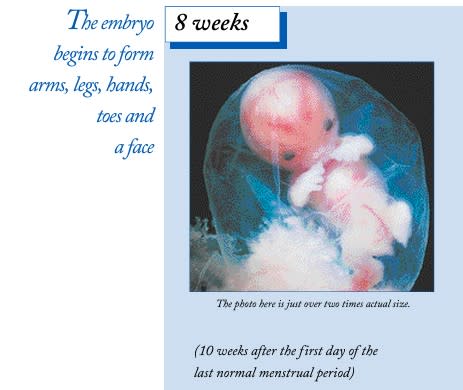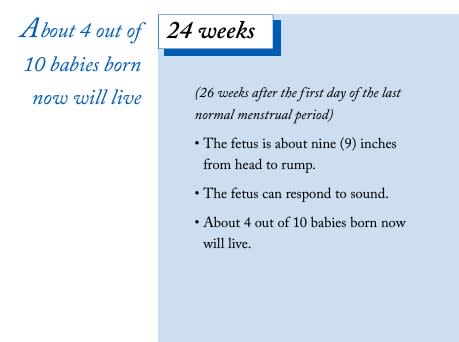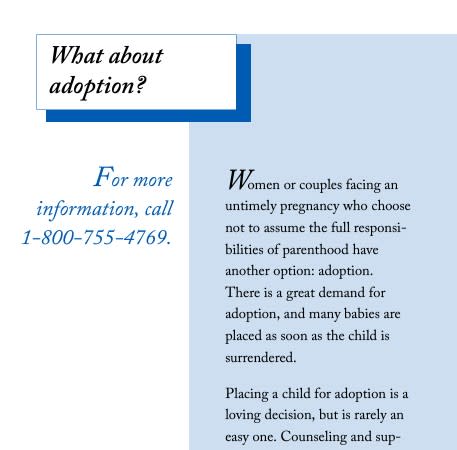Major pharmacies will soon offer medication abortion, but not in Ohio

COLUMBUS, Ohio (WCMH) – The biggest pharmacies in the U.S. will soon begin filling prescriptions for abortion medication – but not in Ohio.
CVS and Walgreens announced last week that they received FDA certification to dispense mifepristone, the drug most commonly used in medication abortions. While pharmacies in some states will begin filling mifepristone prescriptions in the coming weeks, laws restricting who can give out mifepristone – and where – mean that the drug won’t be on pharmaceutical shelves in Ohio anytime soon.
Suspect unknown decades after Columbus woman strangled, scalded and killed in fire
The FDA eliminated the in-person dispensing requirement for mifepristone last year, instead allowing patients to pick up prescriptions from certified pharmacies instead of receiving it directly from the prescribing physician. CVS will fill mifepristone prescriptions in Massachusetts and Rhode Island, with more states being added on a “rolling basis,” a spokesperson said, while Walgreens will start filling prescriptions in Pennsylvania, Illinois, New York, Massachusetts and California.
But in Ohio, state law allows only physicians to distribute mifepristone, and they must do so in person. Coupled with other abortion restrictions, limits on mifepristone turn what in some states is a quick process into a multi-day ordeal that requires multiple clinic appointments and a slew of paperwork, said Dr. Adarsh Krishen, chief medical officer for Planned Parenthood of Greater Ohio.
“When I’m talking to physicians from out of state who may be moving to Ohio, or we’re just talking about other things related to abortion care, I say something and they kind of look at me askew and say, ‘Why do you do that? Oh, that’s Ohio,’” Krishen said.
Two sentenced in murder outside of Platform Lounge in east Columbus
And, depending on how the U.S. Supreme Court rules this summer, accessing mifepristone in Ohio may get more challenging.
Ultrasounds, consent forms and baby brochures
The process of seeking a medication abortion in Ohio begins like any other medical service: With a phone call to the clinic. Within a week, patients arrive for what Krishen called the “day one” appointment.
It’s a long day, Krishen said; initial appointments can last upward of four hours. Toward the top of the checklist is the state-mandated ultrasound to confirm how far along the pregnancy is.
In Ohio, medication abortions can be offered through 10 weeks gestation – or 70 days after the first day of the person’s last menstrual cycle. Physicians are required to offer the pregnant person the opportunity to view the ultrasound or hear the fetal heartbeat, if detectable.
Columbus father and son sentenced after selling meth to undercover agents
The patient then meets with patient educators, who go over risks and side effects for all methods of abortion. As required by state law, staff screens for interpersonal violence and coercion to get an abortion, Krishen said. They also ensure that the person is not seeking an abortion because the fetus may have Down syndrome.
People seeking abortions must review state-provided brochures about fetal development and alternate resources, then sign a form confirming they did so. It’s just one of several forms the patient must complete on the first day, Krishen said.
An excerpt from the Ohio Department of Health’s fetal development brochure. Patients must review this brochure before undergoing an abortion. (Courtesy Photo/Ohio Department of Health) An excerpt from the Ohio Department of Health’s fetal development brochure. Patients must review this brochure before undergoing an abortion. (Courtesy Photo/Ohio Department of Health) An excerpt from the Ohio Department of Health’s fetal development brochure. Patients must review this brochure before undergoing an abortion. (Courtesy Photo/Ohio Department of Health)
Patients must also sign an informed consent form dictating which physician will administer the mifepristone and, after the physician signs it, a form acknowledging that the fetal heartbeat was tested for. Then the clock starts ticking.
Ohio has a 24-hour waiting requirement between the first appointment and when patients can undergo an abortion. Krishen said, however, that most Planned Parenthood clinics aim for closer to 48 hours after the first appointment.
At the “day two” appointment, clinic staff review the medication abortion process once more and confirm that the necessary forms have been signed. The patient then meets with the physician, who confirms their identity and double-checks the mifepristone lot number.
Columbus Zoo warns of ticket scams circulating on social media
“Along with a glass of water, they physically give you the pill and witness you taking the medication,” Krishen said.
Between 48 and 72 hours after taking mifepristone, patients take the second medication, misoprostol, on their own. They’re also given nausea and pain medication to take as needed. There is no required follow-up care, although patients can confirm the pregnancy has passed either by ultrasound, pregnancy test or blood work.
For most other medications, physicians have the leeway to prescribe off-label or tweak protocols to best serve their patient, Krishen said. But in Ohio, for mifepristone, doctors are beholden to the FDA label – and state restrictions that surpass FDA recommendations.
Many of Ohio’s abortion restrictions, like the 24-hour waiting requirement, go beyond what the medical community accepts as necessary, Krishen said. The American College of Obstetricians and Gynecologists, for instance, finds that ultrasounds to confirm gestational age are unnecessary, unless the patient is unsure. For patients early along in pregnancy, Krishen said ultrasounds are “invasive” – a probe must be inserted vaginally.
Violent Femmes, Nas headline Columbus Symphony’s Picnic with the Pops schedule
Democratic representatives have introduced a bill to repeal many of Ohio’s abortion restrictions, including the waiting period and in-person dispensation requirement for mifepristone. But the proposal is unlikely to get very far in the Republican-controlled legislature.
And while medication abortion is currently available through 10 weeks gestation, a case pending before the Supreme Court may change that. A lawsuit targeting the FDA’s approval of non-physicians to administer mifepristone, as well as its use through 10 weeks gestation, may revert FDA regulations of mifepristone back to its initial approval.
As originally approved in 2000, mifepristone would only be permitted for use through seven weeks gestation.
For the latest news, weather, sports, and streaming video, head to NBC4 WCMH-TV.




